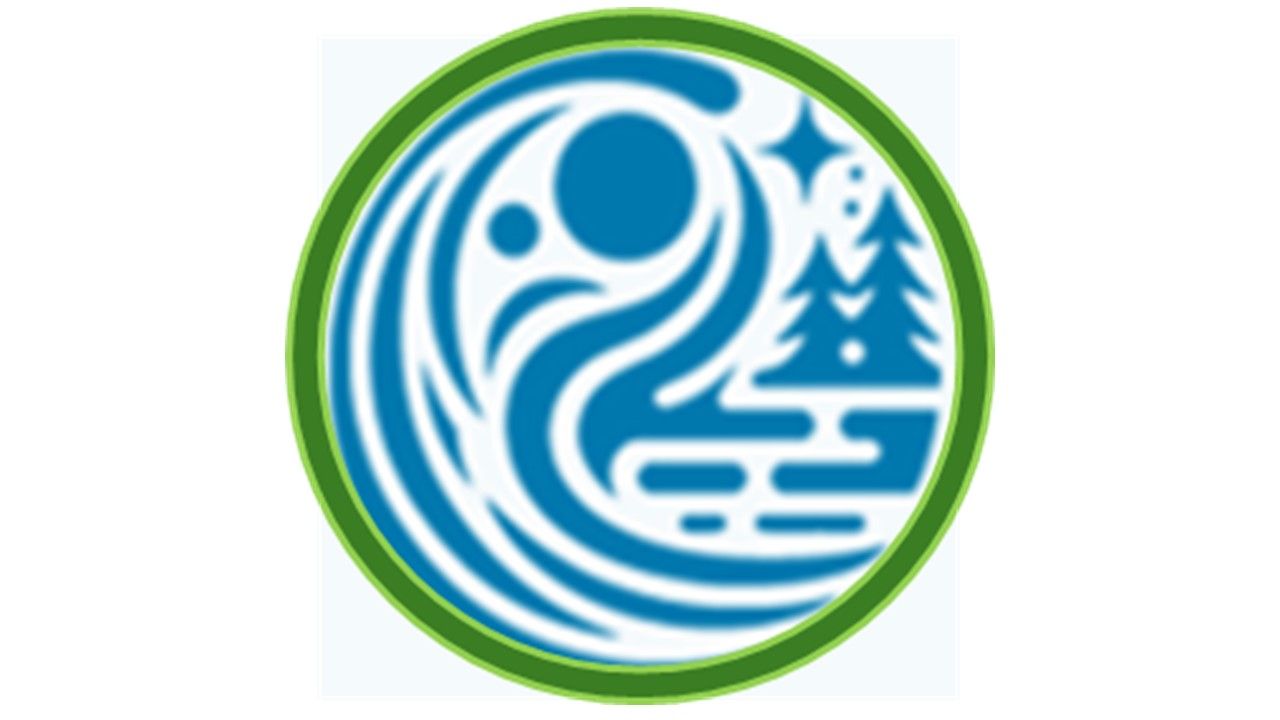Preserving Indigenous Languages: Challenges and Opportunities
Understanding the Importance of Indigenous Languages
Indigenous languages hold a wealth of knowledge, culture, and history that is intrinsic to the identity of native communities. These languages are not just a means of communication but are vital for the transmission of traditions, values, and customs across generations. Despite their significance, many indigenous languages are at risk of extinction, with fewer speakers as time goes by.

The Challenges Facing Indigenous Languages
One of the main challenges in preserving indigenous languages is the dominance of global languages like English and Spanish. These languages are often prioritized in education and media, leading to a gradual erosion of native tongues. Furthermore, urbanization and migration contribute to the decline as younger generations move to cities and adopt more widely spoken languages for economic opportunities.
Another challenge is the lack of written documentation for many indigenous languages. Oral traditions dominate these communities, making it difficult to create standardized learning materials. Additionally, limited funding and resources for language preservation programs hinder efforts to revitalize these languages.
Opportunities for Language Revival
Despite these challenges, there are numerous opportunities for the revival and preservation of indigenous languages. One such opportunity lies in technology. Digital tools and platforms can be used to document, teach, and share languages on a larger scale. Social media and mobile apps can also play a role in engaging younger audiences in learning their native tongues.

Community involvement is another crucial factor in preserving languages. Grassroots movements that involve elders and community leaders can help foster an environment where language learning is encouraged and valued. Additionally, integrating indigenous languages into school curricula can provide young learners with a stronger connection to their cultural heritage.
The Role of Governments and Organizations
Governments and international organizations have a critical role to play in language preservation. By implementing policies that support bilingual education and funding language preservation projects, they can provide the necessary support to keep indigenous languages alive. Furthermore, recognizing these languages in official capacities can help elevate their status and encourage usage.
Organizations dedicated to cultural preservation can also contribute by providing resources, training, and platforms for communities to share their linguistic heritage. Collaborations between governments, non-profits, and communities can create a more sustainable approach to language preservation.

Success Stories and Lessons Learned
There are several success stories where indigenous languages have been revitalized through concerted efforts. For example, the Maori language in New Zealand has seen a resurgence thanks to government support and community initiatives that have promoted its use in schools and media. These success stories serve as valuable lessons for other communities facing similar challenges.
Key takeaways from these success stories include the importance of community involvement, the integration of modern technology, and supportive governmental policies. By learning from these examples, other indigenous communities can adopt strategies that align with their unique needs and circumstances.
A Call to Action
Preserving indigenous languages is not just about saving words; it's about maintaining cultural diversity and enriching our global heritage. Individuals can contribute by supporting initiatives that promote linguistic diversity and by raising awareness about the importance of indigenous languages. Every effort counts in ensuring that these languages continue to thrive for future generations.
As we move forward, it is essential to recognize the value of indigenous languages and work collaboratively to address the challenges they face. By seizing the opportunities available, we can ensure that these linguistic treasures are preserved for generations to come.

